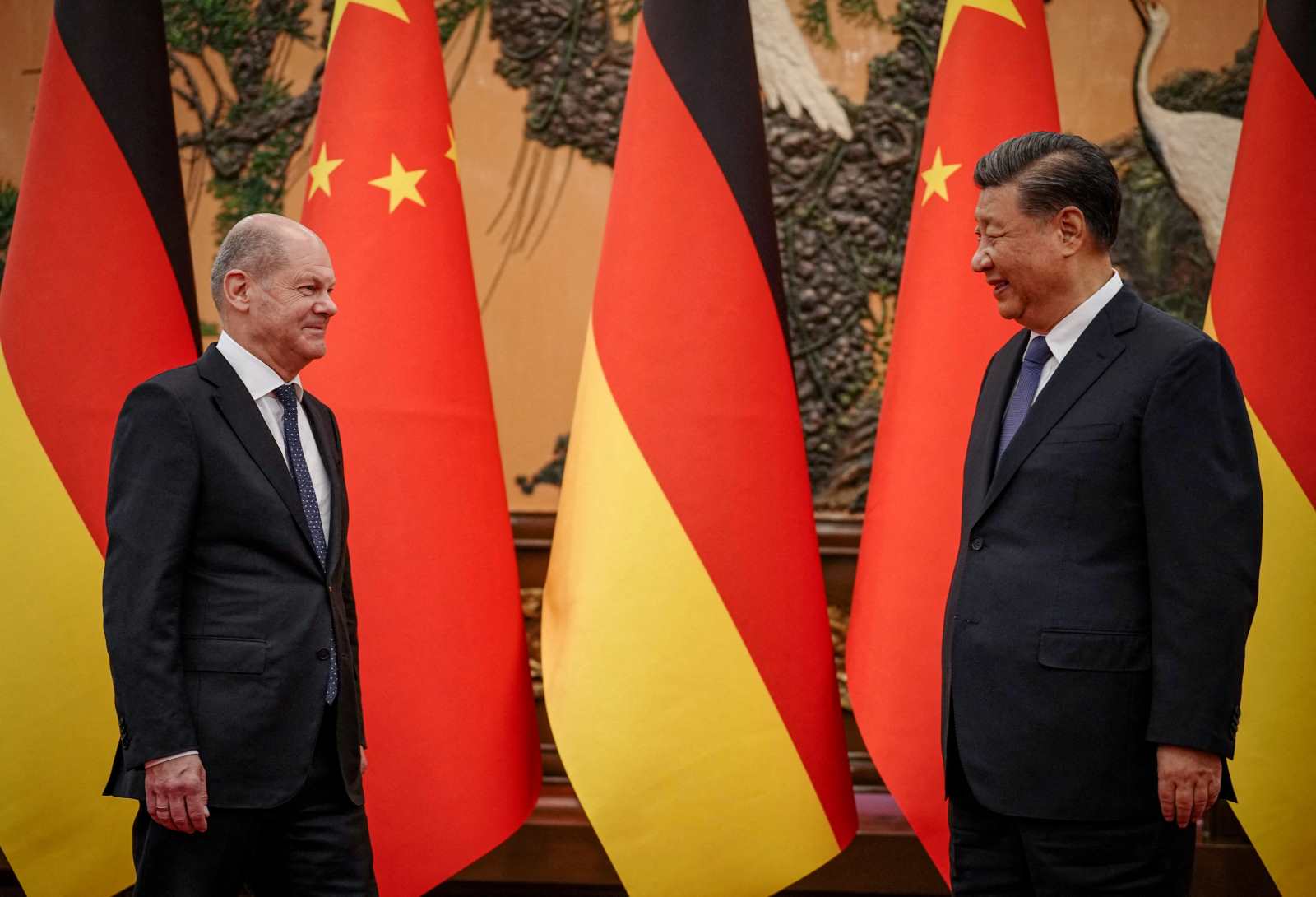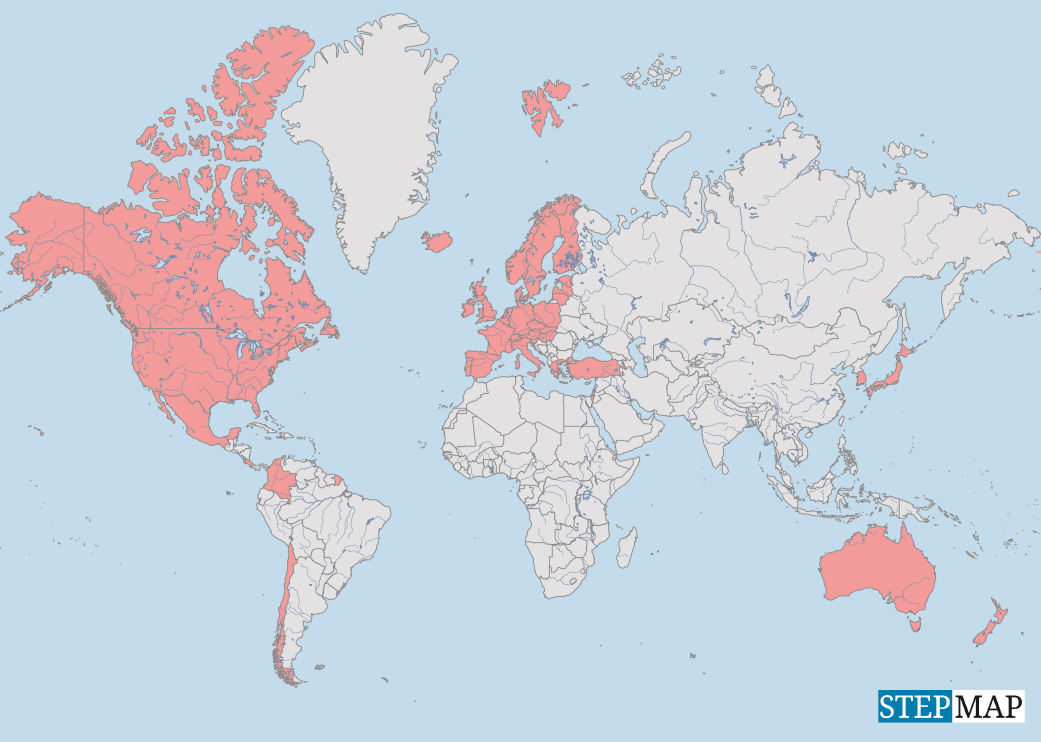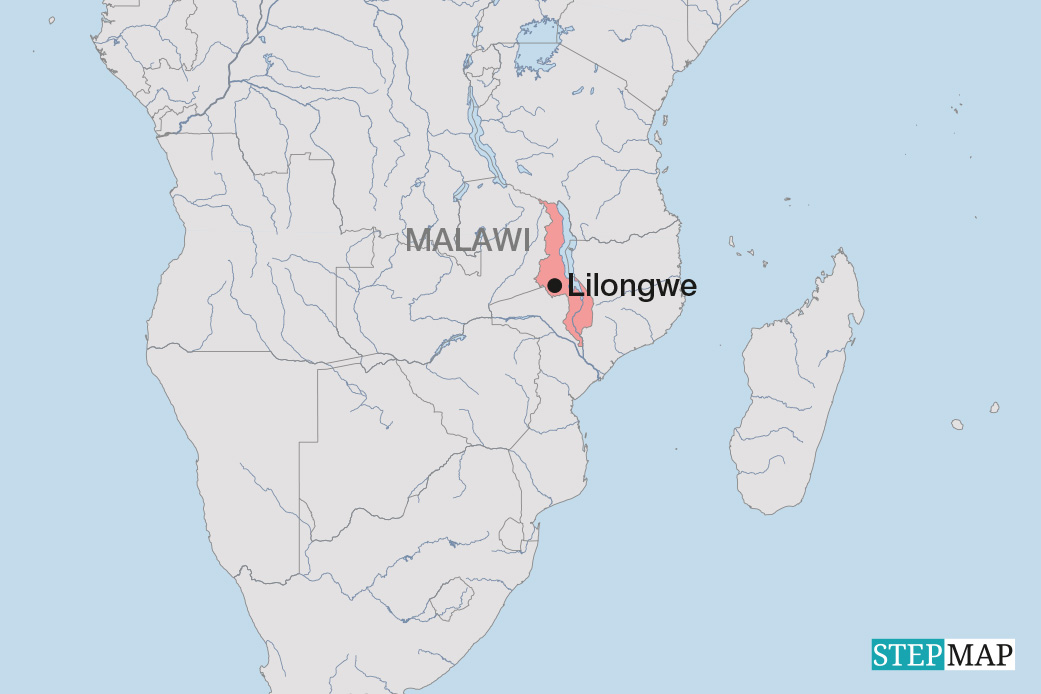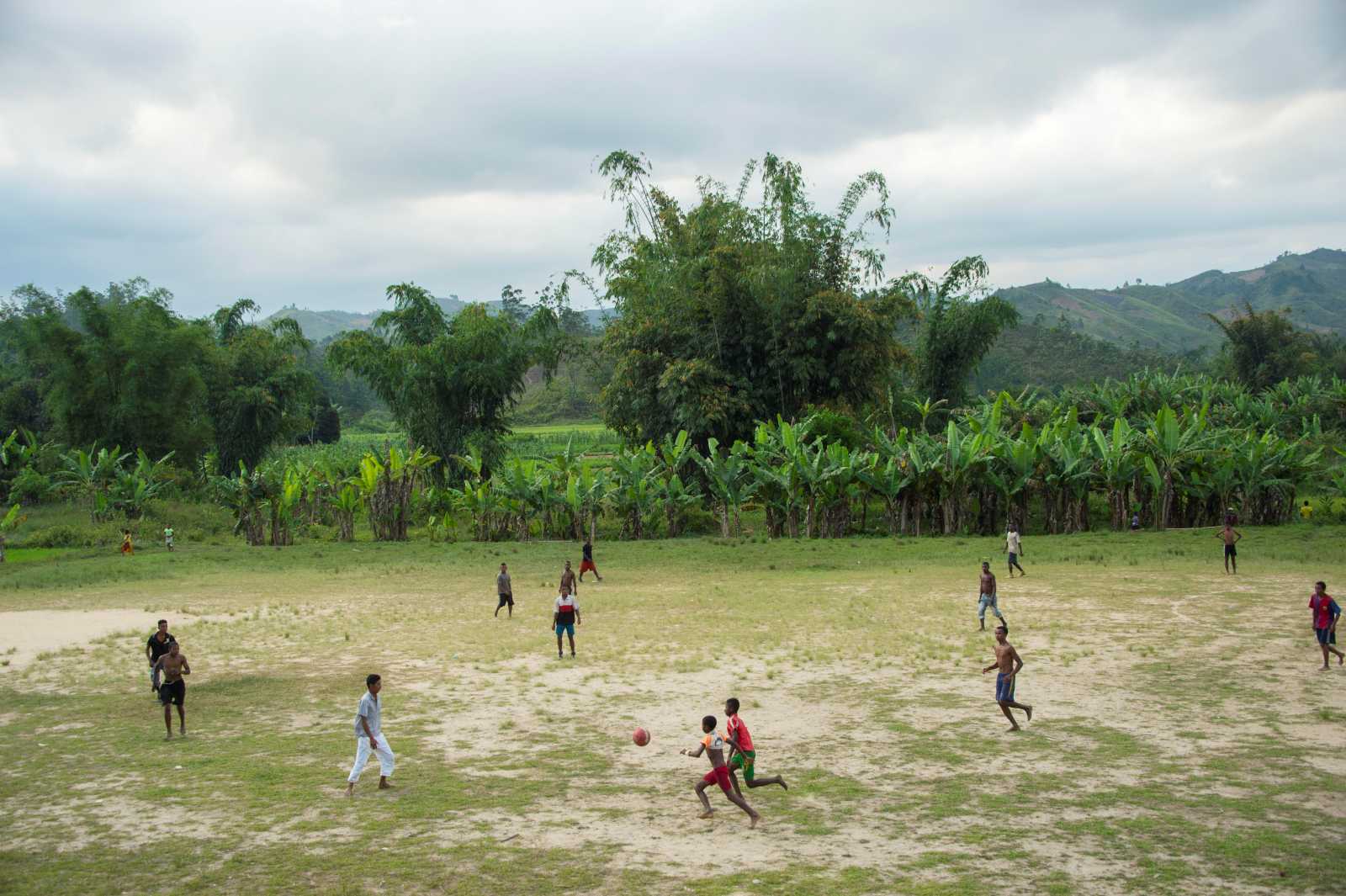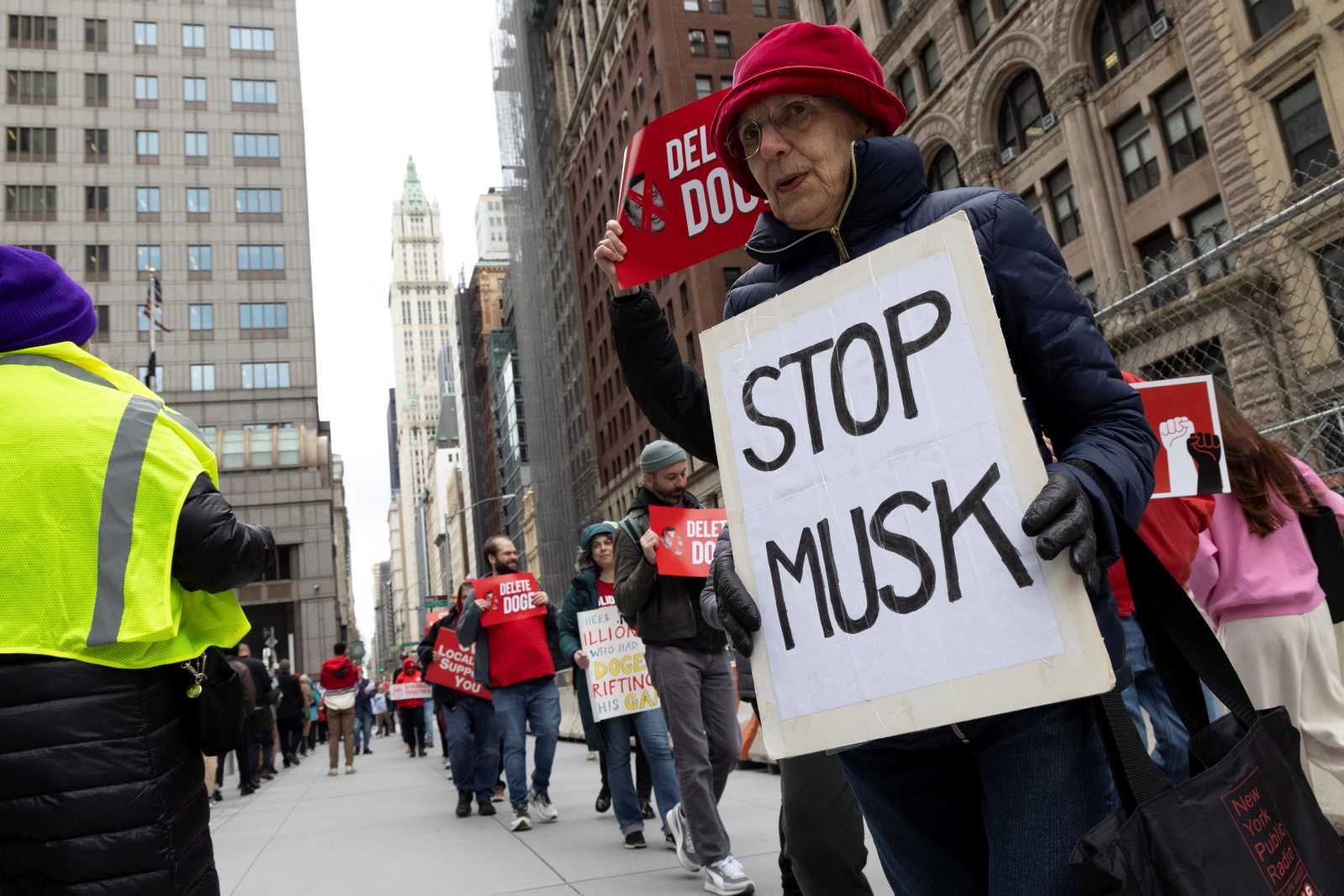Global agenda
Global public goods matter for global development

Though widely used in academic and policy circles as well as by the general public, “development” is difficult to define. It stands for some kind of social progress, but can have several different meanings depending on context, and dominant meanings have changed over time. The term also inevitably contains a normative component.
Development became an issue of international politics as numerous European colonies in Africa and Asia became independent after World War II. Initially, development was conceived in strikingly optimistic, if ethnocentric, terms. “Underdeveloped” countries were expected to “take off” economically, fast abandoning backward traditions and undergoing profound transformations. They were supposed to follow the example set by European and North American countries (and, to a lesser extent, Japan). Development was to be triggered by high volumes of financial aid, as the USA had spent on reconstruction in Europe and Japan.
Cold War rivalry
In the competition with the Soviet Union, western leaders hoped to export their development model to the so-called “third world”. The Alliance for Progress launched by the US in Latin America sought, for instance, to prevent other countries in the region from following Cuba’s example after the 1959 revolution.
The UN designated the 1960s the first “development decade”. Donor governments’ policies, however, remained driven by geostrategic considerations. Development, moreover, proved a more elusive goal than expected. Aid efforts fell short of the objectives.
Accordingly, Latin American dependency theorists denounced the ethnocentric and self-interested concept endorsed by the west. They pointed out that the international economic system was unjust and biased against late comers.
Latin America’s larger economies adopted policies to produce the industrial goods they needed so they could import fewer of them. Moreover, they opted for large infrastructure projects, many of which attracted World Bank funding. Displaying high growth rates initially, these countries seemed to be “taking off”.
However, high inflation and sluggish growth (“stagflation”) marked the 1970s, and a debt crisis followed in the 1980s. The promise of Latin American development had clearly not materialised. In spite of some industrialisation, dependency on foreign finance and multinational firms had grown. Social, economic and regional disparities remained huge.
Asian Tigers
The 1990s witnessed not only the end of the Cold War, but also the economic miracles of the so-called Asian Tigers: South Korea, Taiwan, Singapore and Hong Kong. With clever combinations of market-oriented reforms and well-targeted state interventions, they managed to catch up with high-income nations. Large investments in education and systematic improvement of state capacities were important. The Tigers made use of significant volumes of western aid, sustaining economic growth and reducing social and economic inequalities at the same time. Their empirical success clearly did not confirm free-market ideology, but it showed that inclusive, endogenous and enduring development was possible.
At the same time, international financial institutions such as the International Monetary Fund (IMF) and the World Bank kept imposing tough conditionalities for the provision of loans to developing countries. These conditionalities were usually associated to a set of free-market policies known as the Washington Consensus and were particularly important when a country was hit by a financial crisis. By the turn of the Millennium, it had become obvious that the ‘structural adjustment’ the Fund and the Bank wanted to see did not bring about the desired results. Debt relief became inevitable.
Looking beyond economic dimensions
For these reasons, development began to be re-conceptualised as a process that goes beyond economic dimensions. The World Bank adopted poverty reduction as its main goal. Inspired by Amartya Sen, the Indian economist, the UN Development Programme had earlier begun to focus on “human development” which emphasises education and health as preconditions for people becoming able to live the lives they desire. In both perspectives, social inequality is considered a challenge.
Nonetheless, scepticism with development cooperation persisted. Critics argued that aid efforts had little or no effect. Authors like William Easterly even claimed it was counterproductive, generating dependence relations and being based on misguided premises. Spending on international development remains controversial in high-income countries.
Currently, the axis of economic development is shifting from the North Atlantic to Asia. China presents a model of sustained economic growth and impressive poverty reduction, based on aggressive use of its domestic market, unhindered state interventions in the economy and smart integration into international value chains. The rise of Asian economies has rendered the so-called “global south” a much more heterogeneous category, with some claiming the term itself is no longer useful.
The difference made by China’s rise
China is now a significant source of development finance but does not adopt the conditionalities imposed by the west. Its loans have been gladly taken up by many southern countries, especially in Africa. After the IMF and World Bank failed to involve big emerging markets as demanded, the BRICS (Brazil, Russia, India, China and South Africa) created their own financial institutions, the New Development Bank – meant to invest in infrastructure in the global south – and the Contingent Reserve Arrangement. The multilateral Asian Infrastructure Investment Bank, which China launched with many partner countries, including from Europe, is relevant too.
South-south cooperation has emerged as an alternative to western development aid. It is supposed to abandon the paternalistic, top-down and self-interested nature of the latter. However, there is no widely accepted definition of south-south cooperation. It is striking, moreover, that China is now perhaps the most difficult creditor country when debt-restructuring is needed in debt crises.
Global public goods
As argued above, however, development is about more than economics. Today, gender justice, human rights and environmental preservation are considered to be very important. Moreover, the relevance of “global public goods” is being recognised too. They include the mitigation of climate change, disease control and international peace and stability. Rather obviously, the high-income nations, which have the most capacities, must do much more on this front.
By their very nature, global public goods can only be safeguarded in international cooperation. Nation states cannot bring them about. For example, the international community has a stake in protecting primary forests, but in forest-rich nations like Brazil, deforestation makes economic sense in the short term. Global cooperation is needed.
Much of this is reflected in the UN’s Sustainable Development Goals. They include global public goods but also reiterate the need for better education, healthcare and infrastructure in developing and least developed countries. However, the SDGs are not binding.
The recognition that SDGs will not be reached at current trends is growing. Countries dispute who must take up the finance burden of the SDG agenda. Some western experts want the private sector and philanthropy to contribute more, but they fail to explain two things:
- How can profit-driven corporations provide revenue-free public goods?
- And why should super-rich philanthropists understand what the common interest really demands?
In the meantime, new metrics for measuring and assessing development cooperation have been proposed. One is called Global Public Investment (GPI). It would bridge the north-south divide, aiming to create a permanent fund for development. Countries would contribute according to their capacities and receive money according to their need.
Dangerous polarisation
Unfortunately, history shows that governments normally prioritise security concerns. The wars in Ukraine, Gaza and elsewhere are ominous. Polarisation between the US-led west on one side and Russia and China on the other is growing. Higher military spending means less resources for sustainable development. Moreover, so-called development money is likely to serve major powers’ geostrategic interests again as was the case during the Cold War.
What we would need instead is global cooperation and decisive action to achieve all SDGs. Peace, by the way, is an important global public good – and it features in SDG16.
André de Mello e Souza is an economist at Ipea (Instituto de Pesquisa Econômica Aplicada), a federal think tank in Brazil.
andre.demelloesouza@alumni.stanford.edu
Twitter: @A_MelloeSouza


